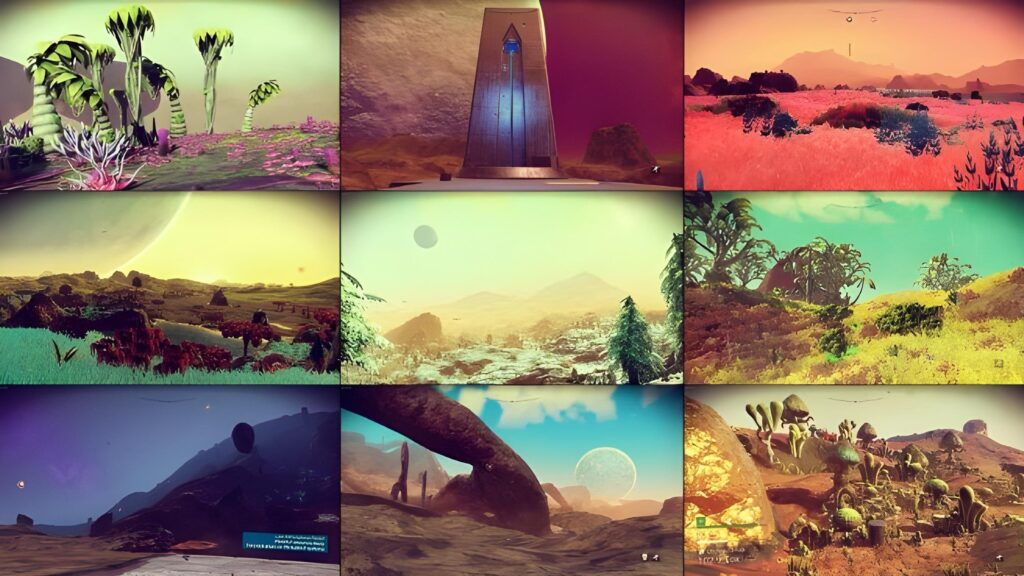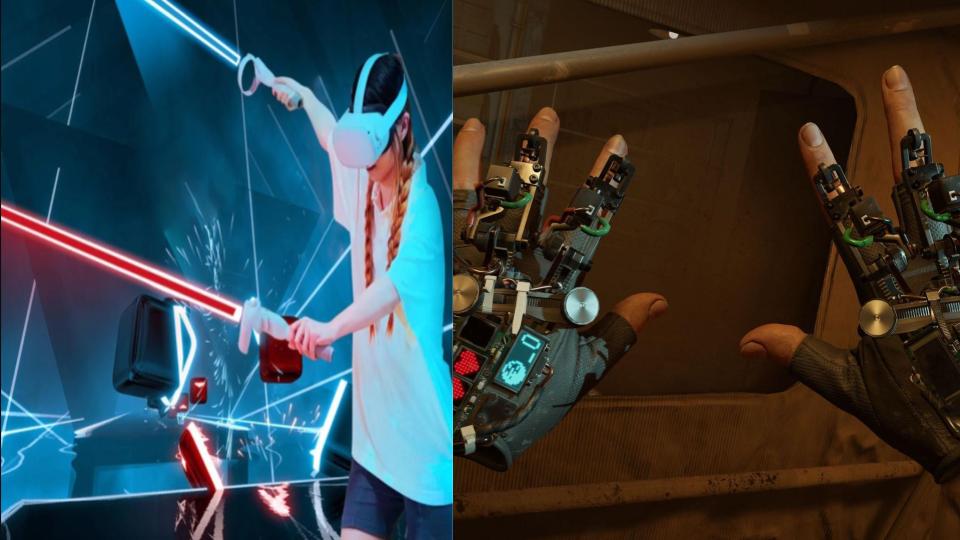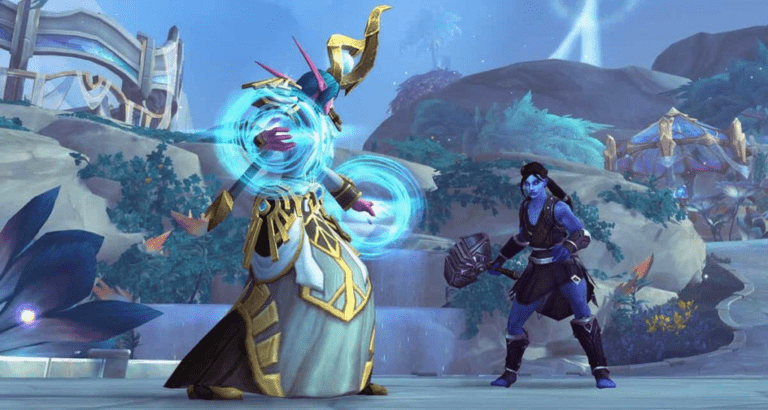Takeaway
Virtual World Builder technology is revolutionizing the landscape of game development, enabling creators to design immersive environments that blend creativity with advanced computational techniques. By leveraging procedural generation, real-time rendering, and AI-driven design, developers can craft expansive, interactive worlds that captivate players and enhance gameplay experiences.
Introduction to Virtual World Building
The concept of virtual world building has evolved significantly over the past few decades, transitioning from simple 2D environments to complex 3D landscapes that can be explored in real-time. This evolution is driven by advancements in technology, including graphics processing units (GPUs), artificial intelligence (AI), and procedural generation algorithms. As game developers seek to create more engaging and immersive experiences, the demand for sophisticated virtual world builders has surged.
Understanding the Core Technologies
Procedural Generation
Procedural generation is a method of creating data algorithmically as opposed to manually. This technique is particularly useful in game development for generating vast landscapes, intricate dungeons, or even entire planets without the need for exhaustive manual design. A notable example is the game “No Man’s Sky,” which utilizes procedural generation to create a virtually infinite universe composed of over 18 quintillion planets, each with unique ecosystems, flora, and fauna (Hello Games, 2016).

A sample of some of the worlds that exist in No Man’s Sky.
Real-Time Rendering
Real-time rendering is another critical component of virtual world building. It allows developers to create visually stunning environments that can be rendered on-the-fly as players navigate through them. Technologies such as ray tracing have significantly enhanced the realism of lighting and shadows in virtual worlds. According to a report by Jon Peddie Research, the global market for real-time rendering is expected to reach $10.5 billion by 2025, driven by the increasing demand for high-quality graphics in gaming and virtual reality (JPR, 2021).
Artificial Intelligence in World Building
AI plays a pivotal role in enhancing the interactivity and dynamism of virtual worlds. Machine learning algorithms can analyze player behavior and adapt the environment accordingly, creating a more personalized experience. For instance, the game “The Elder Scrolls V: Skyrim” employs AI-driven NPCs that react to player actions, making the world feel alive and responsive (Bethesda Game Studios, 2011).
Real-World Applications and Case Studies
Case Study: Unity and Unreal Engine
Two of the most prominent game engines, Unity and Unreal Engine, have integrated advanced virtual world building tools that empower developers to create rich environments. Unity’s Terrain Engine allows for the creation of expansive landscapes with customizable textures and vegetation, while Unreal Engine’s World Composition feature enables developers to manage large open worlds efficiently. According to a survey by Game Developer Magazine, over 50% of developers reported using Unity for their projects, highlighting its popularity and effectiveness in virtual world building (GDM, 2022).
Case Study: Virtual Reality and Immersive Experiences
The rise of virtual reality (VR) has further pushed the boundaries of virtual world building. Games like “Beat Saber” and “Half-Life: Alyx” showcase how immersive environments can enhance gameplay. A study by the International Journal of Human-Computer Interaction found that VR can increase user engagement by up to 30% compared to traditional gaming experiences (IJHCI, 2020). This statistic underscores the importance of creating compelling virtual worlds that draw players into the experience.

Virtual reality in Beat Saber and Half-Life: Alyx enhances experiences.
Challenges in Virtual World Building
Performance Optimization
One of the primary challenges in virtual world building is performance optimization. As environments become more complex, the demand for computational resources increases, which can lead to performance bottlenecks. Developers must balance visual fidelity with frame rates to ensure a smooth gaming experience. Techniques such as level of detail (LOD) management and occlusion culling are essential for optimizing performance without sacrificing quality.
Scalability and Maintenance
Scalability is another critical concern. As virtual worlds expand, maintaining consistency and coherence becomes increasingly challenging. Developers must implement robust systems for asset management and version control to ensure that updates and changes do not disrupt the overall experience. Additionally, the integration of user-generated content can complicate maintenance, requiring developers to establish guidelines and moderation systems.
The Future of Virtual World Building
Emerging Trends
The future of virtual world building is poised for exciting developments. The integration of augmented reality (AR) with virtual worlds is one such trend that promises to blur the lines between the digital and physical realms. Games like “Pokémon GO” have demonstrated the potential of AR in creating engaging experiences that encourage exploration and interaction with the real world.
Data-Driven Design
Another emerging trend is the use of data-driven design, where developers leverage analytics to inform their world-building decisions. By analyzing player behavior and preferences, developers can create environments that cater to their audience’s desires, ultimately enhancing player satisfaction and retention. A report by Newzoo indicates that 75% of gamers prefer personalized experiences, highlighting the importance of data in shaping future virtual worlds (Newzoo, 2023).
Conclusion
In conclusion, Virtual World Builder technology is transforming the landscape of game development, enabling creators to design immersive environments that captivate players. By harnessing the power of procedural generation, real-time rendering, and AI, developers can craft expansive, interactive worlds that enhance gameplay experiences. As the industry continues to evolve, the integration of emerging technologies and data-driven design will further push the boundaries of what is possible in virtual world building. The key takeaways from this exploration include the importance of performance optimization, scalability, and the potential of AR and data analytics in shaping the future of gaming. As we look ahead, the possibilities for virtual world builders are limitless, promising a new era of creativity and innovation in game development.
References
- Hello Games. (2016). No Man’s Sky. [Online] Available at: https://www.hellogames.org
- Jon Peddie Research. (2021). Real-Time Rendering Market Report. [Online] Available at: https://www.jonpeddie.com
- Bethesda Game Studios. (2011). The Elder Scrolls V: Skyrim. [Online] Available at: https://bethesda.net
- Game Developer Magazine. (2022). Developer Survey Results. [Online] Available at: https://www.gamedeveloper.com
- International Journal of Human-Computer Interaction. (2020). The Impact of Virtual Reality on User Engagement. [Online] Available at: https://www.tandfonline.com
- Newzoo. (2023). Gamer Preferences Report. [Online] Available at: https://newzoo.com

